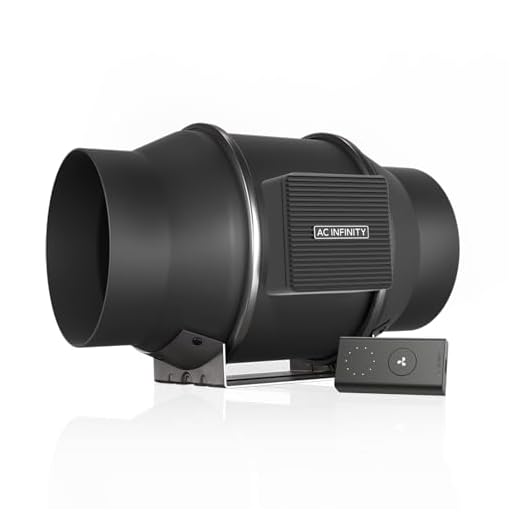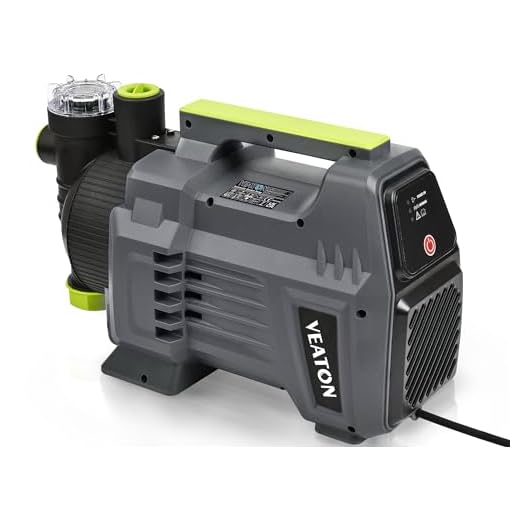



Begin with a reliable on-demand system by incorporating a trigger gun with an integrated auto-stop feature. This upgrade allows the machine to shut off automatically when the trigger is released, conserving energy and extending the lifespan of your equipment. Ensure that the selected gun is compatible with your current setup before proceeding.
Next, consider installing a pressure switch. This component can detect pressure changes, ensuring that your unit activates and deactivates seamlessly based on your cleaning needs. Familiarise yourself with the specific wiring configuration to ensure proper installation, as inaccuracies can lead to operational failures.
Regular maintenance plays a crucial role in performance. Keep the inlet and outlet free of obstructions and check seals and gaskets for wear. A well-maintained device not only runs more effectively but also responds better to these enhancements, ensuring a reliable cleaning experience every time.
Steps for Enabling Automatic Activation on Your Cleaning Device
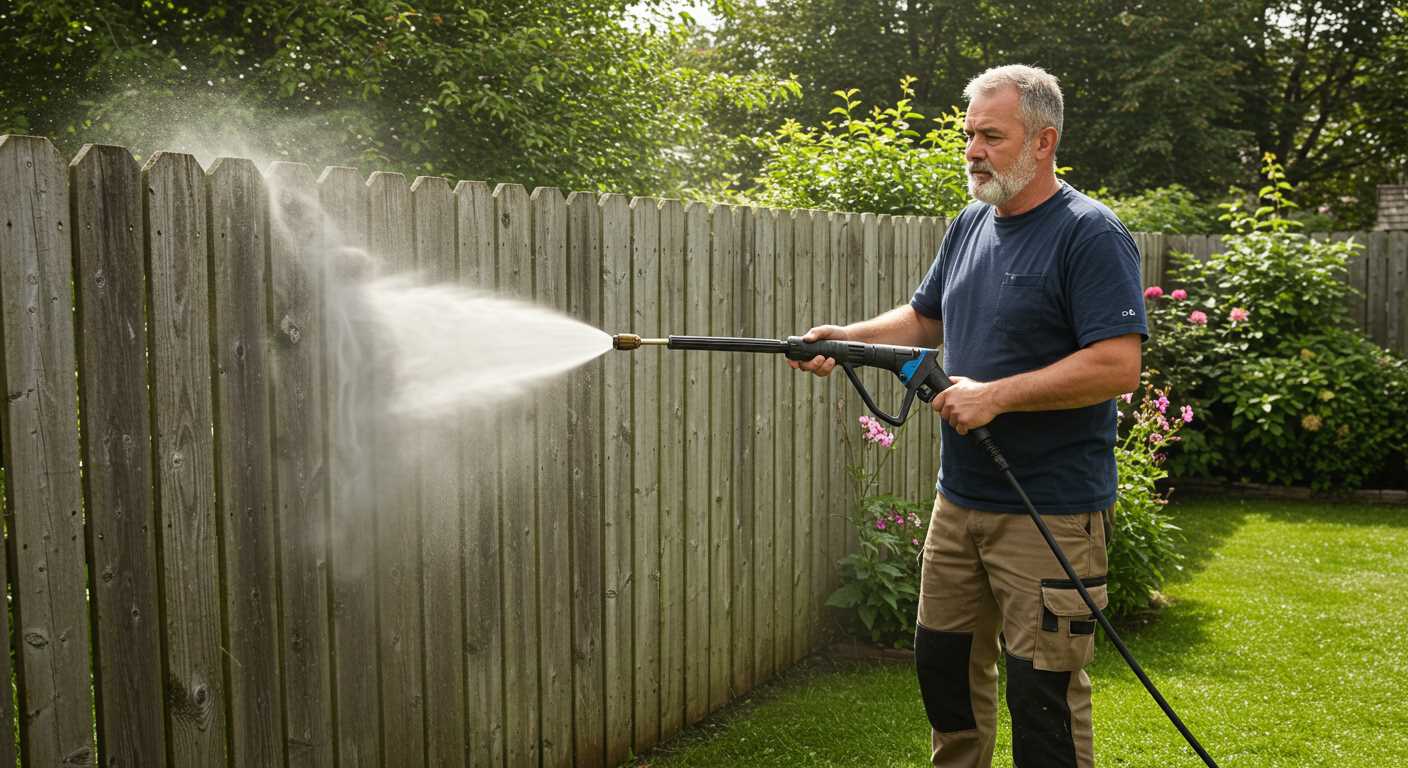
Begin by ensuring the machine is powered off and disconnected from the outlet. Locate the trigger mechanism, which typically consists of a trigger handle and a hose connection. You will need to replace or modify the trigger to create a continuous flow when the device is connected.
Using a Trigger Lock
Purchase a trigger lock compatible with your model. This device allows the trigger to be engaged without continuous pressure. Follow the manufacturer’s instructions to install it securely, ensuring that it fits correctly. This simple addition provides ease of use while maintaining safety, as it prevents accidental discharge.
Installing a Flow Sensor
For a more advanced setup, consider integrating a flow sensor into the system. This component detects water flow and can control the motor accordingly. Connect the sensor to both the water inlet and the power supply. Make sure to follow the wiring diagram provided with the sensor to ensure correct installation. Once set up, you will enjoy a hands-free operation experience, as the system starts automatically when water is detected.
Testing the modifications is crucial. After installation, reconnect the unit to the power source and water supply. Turn on the machine and check for leaks or improper connections. If everything functions smoothly, you have successfully upgraded your cleaning device for more convenient operation.
Understanding the Benefits of Automatic On Off Systems
Implementing systems that activate and deactivate based on pressure levels significantly optimises water and energy usage. This feature reduces the need for constant manual control, allowing for a smoother workflow during cleaning tasks.
One substantial advantage is the reduction of wear and tear on the electric motor. Continuous cycling can lead to overheating and other mechanical failures. With pressure-sensitive functionality, the motor only operates when necessary, extending its lifespan considerably.
Moreover, these systems enhance user safety. By preventing accidental discharge when the unit is idle, the likelihood of injuries decreases. Users have a clearer understanding of when the equipment is operational, fostering a safer environment.
Another key benefit is the minimisation of noise pollution. Equipment that only activates when needed creates a quieter experience, which is especially crucial in residential areas or during sensitive hours.
These advanced systems often result in lower utility bills, as energy consumption is directly linked to usage. This not only saves money but also contributes positively to environmental conservation efforts.
Overall, integrating a responsive operational system into your cleaning equipment streamlines processes, enhances safety, and proves economically advantageous, while also being beneficial for the environment.
Identifying Compatible Models
Focus on brands that typically feature compatibility with enhanced control systems. Popular manufacturers such as Karcher, Bosch, and Nilfisk often have models that support modifications for improved functionality.
Key aspects to examine include:
- Motor Type: Look for units with universal motors or induction motors, as these are generally more adaptable.
- Pressure and Flow Rate: Ensure specifications align with your intended usage to maintain performance after modifications.
- Existing Features: Models equipped with an integrated trigger system or any form of automated features are more likely to allow easy upgrades.
- Service Manual: Review documentation for any mentions of accessory compatibility and upgrade options.
- User Forums and Reviews: Gain insights from the experiences of others who have undertaken similar projects, which can highlight successful models.
When exploring options, prioritise home and professional variants, focusing on those that have shown reliability in testing scenarios. Brands noted for their customer support may also provide additional guidance on compatible modifications, which can simplify your selection.
Gathering Necessary Tools and Materials for Conversion
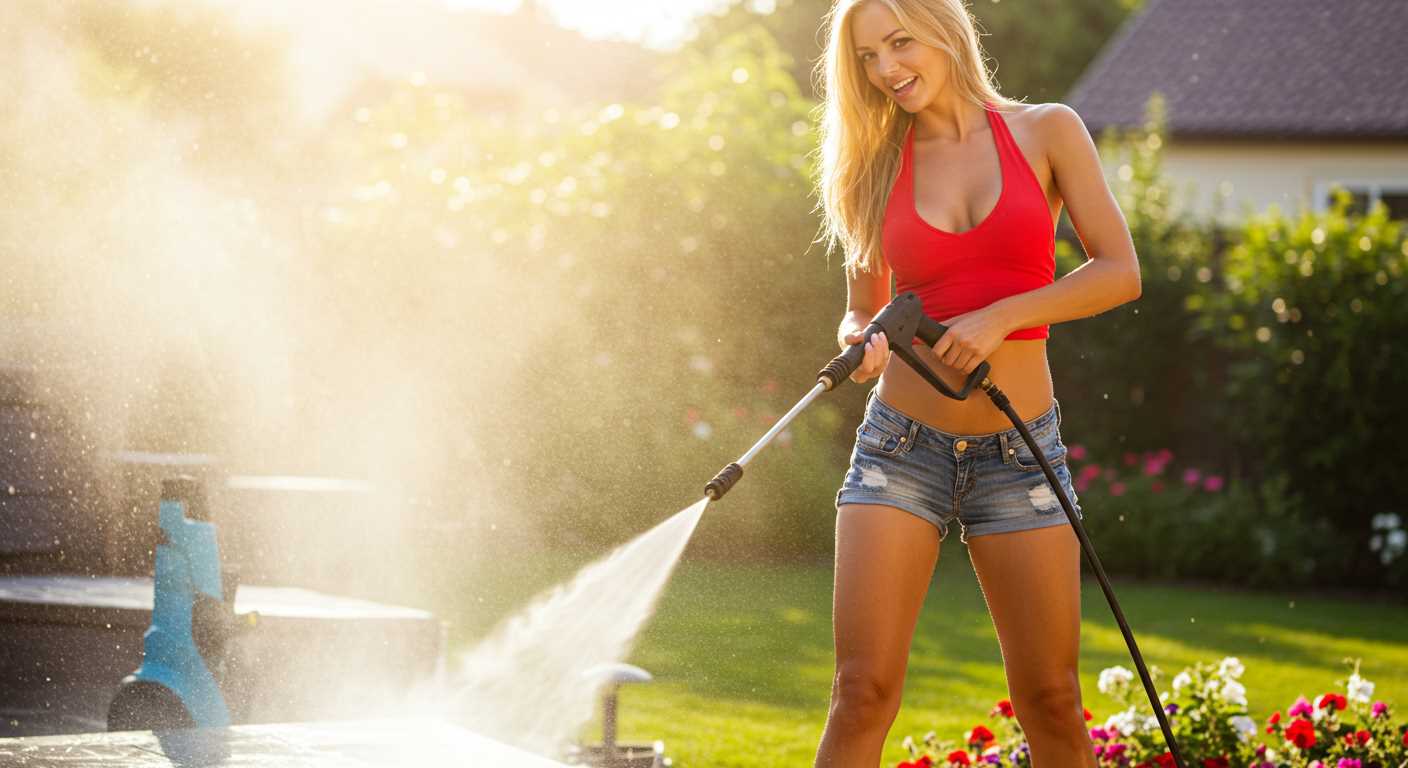
Begin the transformation with a reliable set of tools: a wrench, screwdriver, and adjustable pliers for easy assembly and adjustments. You’ll also need a multimeter to check electrical connections and ensure everything functions smoothly.
Components to Source
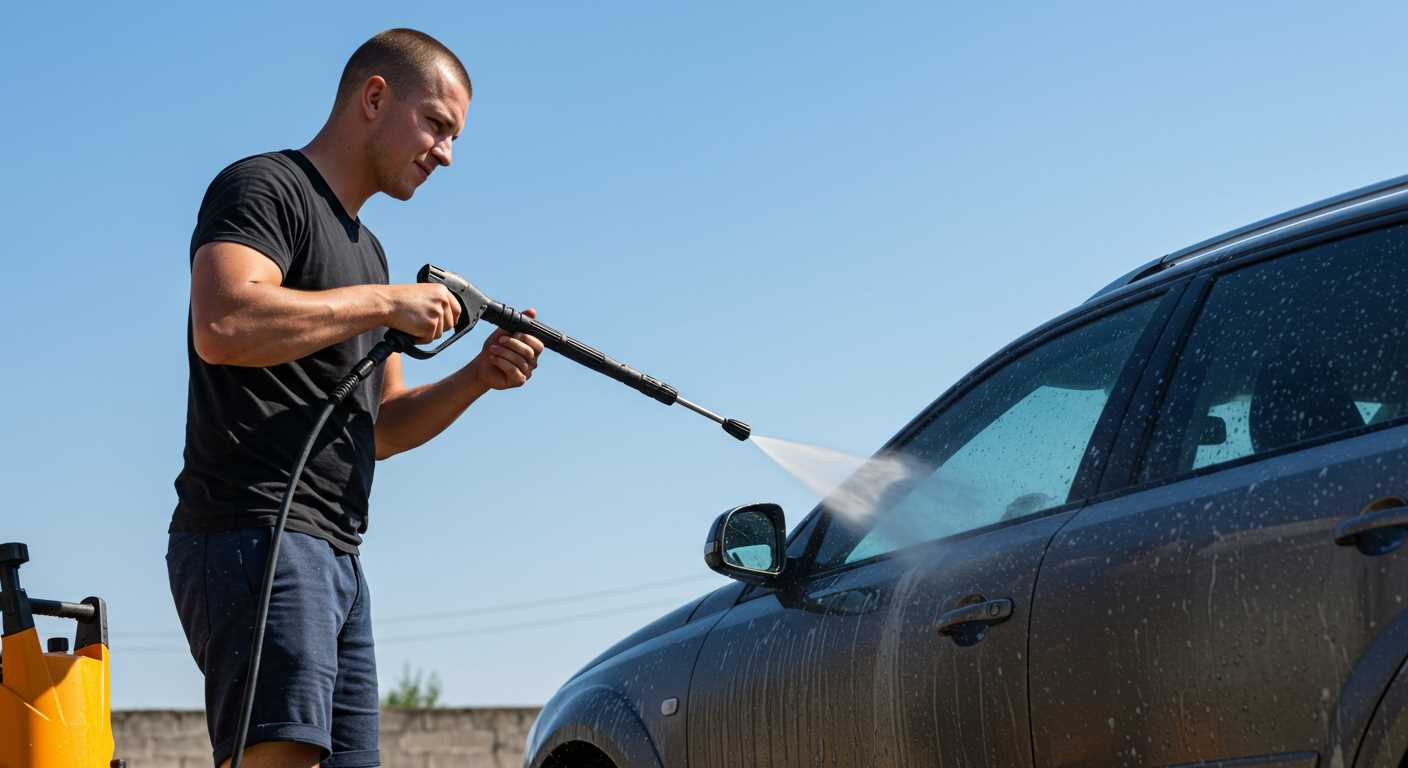
Key items include a flow sensor and a relay switch tailored for your equipment model. Consider purchasing additional wiring and electrical connectors to secure a robust connection. Make sure the flow sensor is compatible with the water flow rate of your unit.
Safety Equipment
Don’t overlook safety gear: gloves, goggles, and a dust mask will protect you during the modification process. Always unplug your machine before starting any work; ensuring safety is paramount.
Step-by-Step Guide to Installing the Automatic On Off System
Begin with disconnecting the electrical supply and water source from your device. Ensure safety by letting any residual pressure vent through the nozzle.
Next, locate the pressure switch in your model. This part typically connects the power supply with the water pump. Carefully remove any protective casing surrounding it, using a screwdriver or appropriate tool.
Now, remove the existing switch by unscrewing it from its mounting. Pay attention to the wiring configuration; take a photo or sketch the connections for reference during reinstallation.
Take your new pressure control device and securely attach it to the mounting location. Ensure that the springs and seals are correctly positioned to facilitate operability.
Connect the wiring according to your reference material. Make sure the connections are tight to prevent any electrical faults. It’s advisable to use heat-shrink tubing for insulation on the wires.
Once the new device is in place, attach the water supply line. Confirm that all seals are intact to avoid any leaks during operation.
Before the final connection, double-check that all tools and materials are removed from the workspace. Turn on the water supply and power to test the system. If functioning correctly, observe its operation to ensure smooth engagement and disengagement.
Finally, replace any protective covering you removed. Store tools and dispose of any waste materials responsibly. Regular testing of the system post-installation will ensure prolonged efficiency.
Testing Your Pressure Washer After Conversion
After implementing the new control system on your cleaning unit, the first step is to conduct a thorough functionality check. Ensure the device is connected to a suitable water source and power supply before you proceed.
Turn on the water and check for leaks at the connection points. Any unexpected drips or streams should be addressed immediately to prevent damage. Ensure all fittings are securely fastened and tightened.
Next, activate the system. Observe the startup sequence; the motor should engage smoothly without unusual noises. Once operational, test the flow of water. Aim the wand at a safe area and assess the spray pattern. A consistent and powerful spray indicates that everything is working correctly.
Experiment with different pressure settings if your model allows it. This will help you verify the effectiveness of the modifications made during installation. Pay close attention to the response times when switching between settings; there should be no significant delay.
Lastly, conduct a usability assessment by running the equipment for a short period. Monitor the overall performance, ensuring it cycles on and off as expected without interruptions. After completing these tests, your unit should be ready for regular tasks, delivering improved results with added convenience.
Troubleshooting Common Issues During Operation
For effective troubleshooting, first check for inconsistent water flow. This could indicate a blockage in the hose or filter. Inspect both components for debris and clean as necessary. Additionally, ensure connections are secure to prevent leaks.
Pressure fluctuations can stem from several factors. Verify that the nozzle is appropriate for the task and free of clogs. A worn or damaged nozzle may need replacement. If the motor runs but pressure remains low, review the pump’s condition for wear or damage.
Electrical Problems
If the motor fails to start, examine the power source. Check outlets and extension cords for faults. A blown fuse or tripped circuit may also restrict operation. Inspect the power cord for frays or cuts that may cause shorts.
System Overheating
Overheating issues typically arise from prolonged use or insufficient cooling. Allow the equipment to cool down before continued operation. Regularly monitor the temperature to prevent damage. Ensure your units are properly ventilated during use.
| Issue | Symptoms | Potential Solutions |
|---|---|---|
| Inconsistent Water Flow | Weak spray, uneven pressure | Check hoses, filters for blockages |
| Pressure Fluctuations | Low performance, varying spray | Inspect nozzles and pump |
| Electrical Failures | No start, motor doesn’t engage | Check power source, cord integrity |
| Overheating | Motor shuts off, unusual smells | Allow cooling, ensure ventilation |
Monitoring these factors ensures your equipment maintains performance and longevity. Implementing regular maintenance can prevent many common issues. If persisting challenges arise, consulting a professional may be beneficial to avoid further complications.
Maintaining Your High-Pressure Cleaning Unit for Longevity
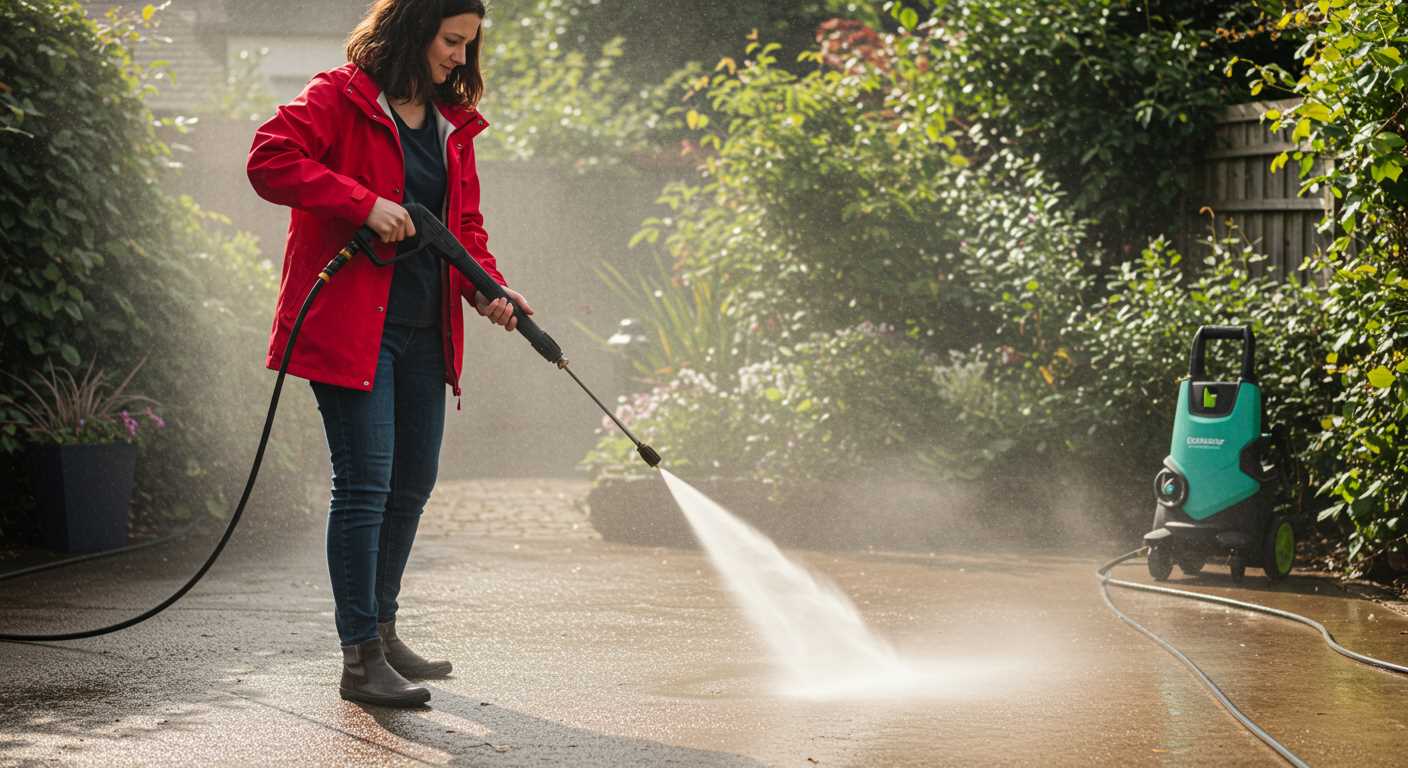
Regular upkeep of your equipment is key to extending its lifespan and ensuring optimal performance. Here are essential maintenance tasks I recommend:
Routine Checks
- Inspect hoses for wear, kinks, or leaks. Replace any damaged sections.
- Examine the nozzle for clogs or deposits. Clean or replace as necessary.
- Ensure all connections are tight and free of obstructions.
Winter Storage
.jpg)
- Drain water from the system to prevent freezing damage.
- Store in a dry, sheltered location to protect from moisture and temperature extremes.
- Consider using a protective cover to reduce dust accumulation.
Fluid levels also require attention. Regularly check and change the oil according to manufacturer guidelines. Keep an eye on fuel quality if using a fuel-operated model; stale fuel can lead to engine problems.
Lastly, consider scheduling a comprehensive service annually. A professional technician can provide insights and make adjustments that may not be apparent during regular checks.



